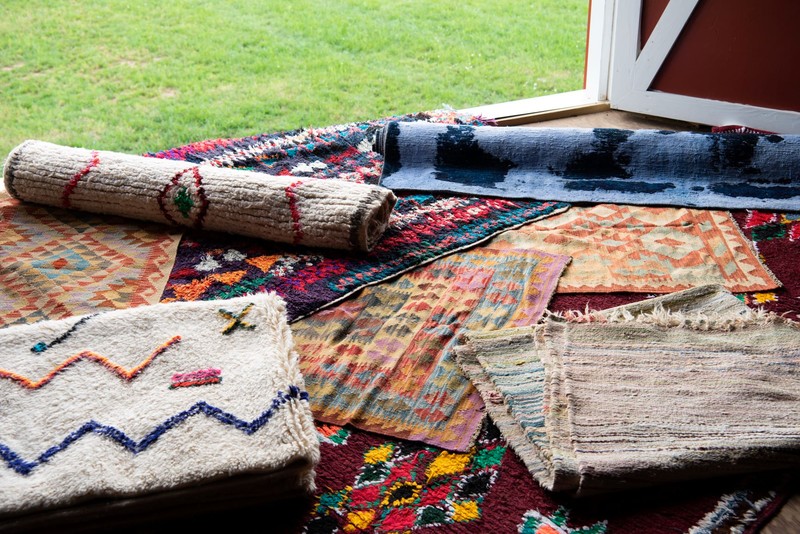Throw rugs, which are simply placed on the floor in a variety of arrangements for aesthetic effect, are not the same as persian rugs handmade. Persian rugs, especially those woven by hand, are works of art that can take anything from a few weeks to a few years to complete. These items are displayed in houses in their original regions, however shoe removal is required upon entering. Taking off one’s shoes at the door may have started as a sign of respect for the artisans who made these beautiful carpets.
Choose the woven traditional Persian rugs
Traditional Persian rugs are woven by hand and made from wool, cotton, or silk. When silk is utilised in the manufacturing of a carpet, the final product is so delicate that it is typically displayed as wall art rather than used to cover the floor. All of the items share the fact that they were woven with the help of warps and wefts. These two types of yarn are used most often to create the carpet’s pattern, texture, and pile. These two threads are interwoven.
Extremely robust threads called warps travel the length of the carpet being woven. The second set of yarns used to weave a carpet, the weft, passes under and over the warps to produce the carpet’s intricate designs. The patterns utilised to make these carpets are often passed down from generation to generation. The final design used to create the item will be determined in part by the location of the people who commissioned the carpet, the socioeconomic status of the family commissioning it, and the reason for commissioning the carpet.
Smooth foundation is always needed
Beginning with a large number of wefts woven through the bottom warp, a foundation is woven for the finished product. After that, the coloured threads are knotted in loose piles across adjacent warps. The carpet’s pile is made up of the knots that are tied as further rows are laid on top of the initial rows. One or more of the weft shoots will be heavily packed down in the spaces between the rows to keep the rows stable.
The density of the weave and the quality of the materials used in its manufacturing might affect the number of knots per square inch of carpet. Sixteen knots per square inch is possible, but so are five hundred and fifty. A higher knot density in the final carpet will result in a higher price. (measured in knots per square inch).
In order to mass-produce items at a lower cost, the designs utilised to make these carpets have often been copied. This is because the patterns on these carpets tend to recur. These replicas look and feel like the real thing, but they cost a fraction of the price and are made with low-grade materials. Make sure you’re getting the real deal if you’re going to spend a lot of money on a rug by researching its provenance before making a purchase.
Final words
It might take a master weaver months, or even years, to finish a single hand-woven Persian rug because each one is a work of art. The patterns used to create authentic handmade Persian rugs date back generations.

